5 study techniques to Ace ALL of your classes
These will ACTUALLY get you good grades ( and help you learn )!
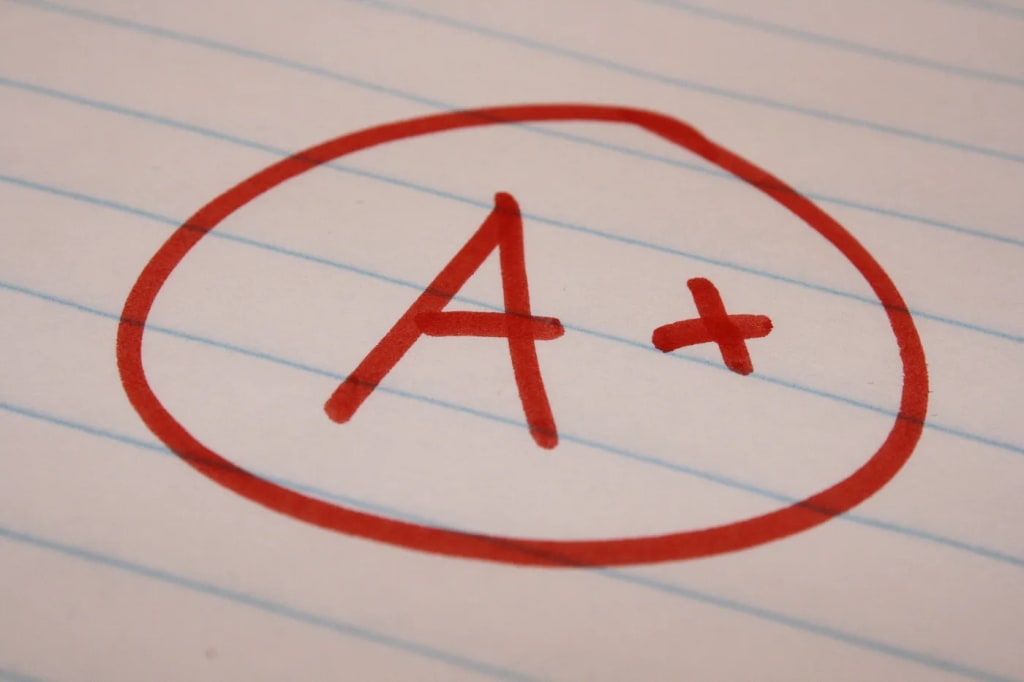
We all want good grades, as a student I can’t deny that. However, when you reach high school, we usually have to start studying. The thing is, the amount of time you study doesn’t matter. It’s how you study and the techniques you use so I’ll be showing you 5 that’ll help you ace ALL of your classes.
Bloom’s Taxonomy
This isn’t a study technique, but rather something that will come in handy when analyzing them.
Before you continue, I’d really appreciate it if you’d consider liking or giving me a follow. It means a lot. Thanks!
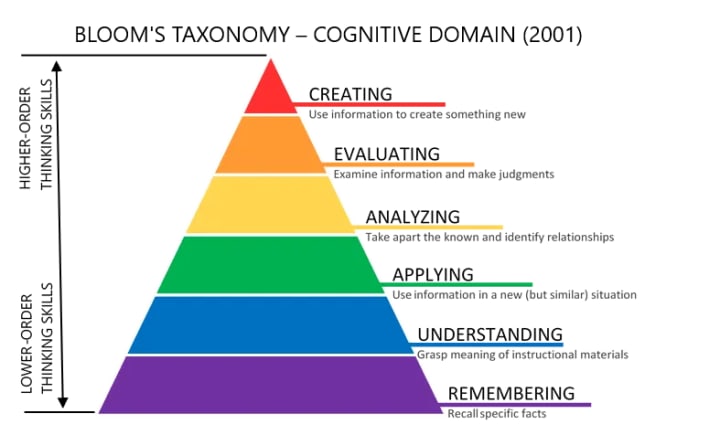
Higher order thinking is necessary to get a good grade in subjects like history. The best students are good at both higher-order thinking and lower-order thinking since both are necessary. Some of the study techniques we’ll cover help you practice lower-order thinking (flashcards) and some will help you practice higher-order thinking (mind maps)
5. Spaced Repetition
I’m sure some of you have heard of this technique but it truly is a great technique.
Spaced repetition involved the use of flashcards, when you get one correct you practice it later, when you get one wrong, you practice it sooner. Pretty basic right?
The reason spaced repetition is so effective is because it forces you to practice things you AREN’T good at, forcing you to confront your knowledge gaps and helping you learn. We often just study the things we know already because it’s comfortable to do it that way but doing it that way doesn’t help us learn in any way. Here are two ways to do spaced reptetiton:
Anki
Anki is a free flashcard app that helps you practice long-term spaced repetition. It isn’t great if your cramming for an exam but it’ll help you remember things for a long time.
Also, they’re completely free (unless you want a few perks). With unlimited flashcards, images, audio and video recordings, different types of flashcards and more!
They have automatic spaced repetition systems and it’s pretty easy to get used to.
The cons are that the mobile version costs a lot of money and it’s not great if your studying for a test.
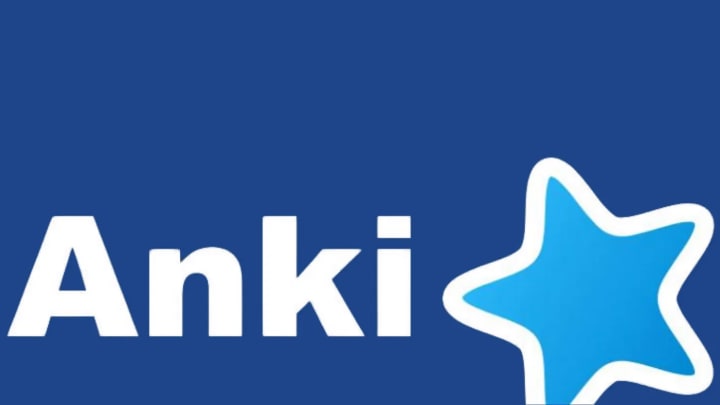
Brainscape
Brainscape isn’t like Anki where it helps you for long-term memorization. Brainscape will help you cram for an exam in the same spaced repetition style only you don’t have to wait 3 days for your next flashcard.
It’s pretty good for helping you memorize key terms if you don’t have much time and unlike anki, the mobile version is also free.
The cons are that (without the paid version) you can only have text on your flashcards and there aren’t different types of flashcards.

Just remember that flashcards help you practice lower-order thinking, not higher-order thinking.
4. Cornell Notes
This isn’t really a study technique rather a note taking method. It’ll help when studying with a summary, keywords and points.
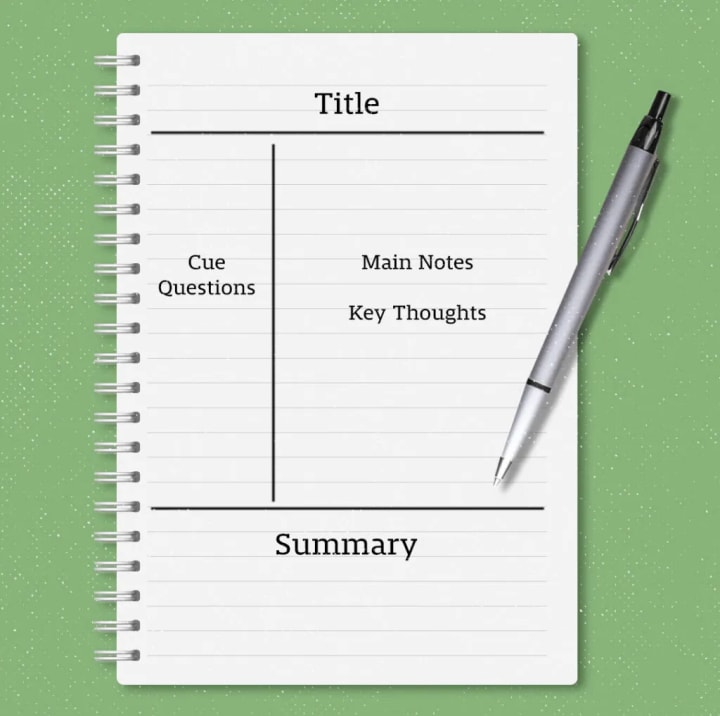
In the cue questions section, put down keywords, questions and important topics. In the main notes, write down any points in class.
Pro tip: Anytime the teacher says something, pause and then write it down. Consolidate the information instead of frantically trying to write everything down.
Finally, write the summary after class to see if you took in the information.
This method of taking notes is helpful because
A) You’ll understand the material better
B) You’ll study faster (w/ the summary and keywords already organized)
3. Mind Map Blurting
When you get home, I want you to do two things with your cornell notes, create flashcards (obviously) and make a mind map. Additionally, when making the mind map, I want you to have no notes to use. This will help you recall the information using a method called “Blurting”. The mind map will help you practice higher-order thinking since it’ll help see how different events relate to each other.
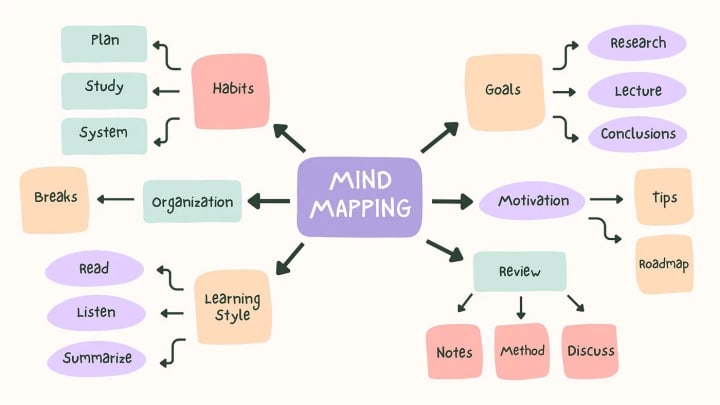
A mind map starts with a main topic in the middle, branches out into other subtopics, those branch out into ideas or more subtopics. Connect ideas together. Why did this happen? Can I add a line between two ideas? Are these two ideas related? This will really help you recall information and practice higher-order thinking. When your done, check your notes to see anything you missed, add them to the mind map, see if you can connect more ideas and finish. If you really want to understand the topic, mind map it several times to practice blurting really well. Everyday, I also want you to mind map one or two previous topics to help you continue understanding some of the older topics.
When cramming for an exam, mind map blurting can be a great way to practice both higher-order thinking and confront knowledge gaps.
2. Feynman Technique
This technique is one of the best techniques out there to practice higher-order thinking and understand the material. The feynman technique involves teaching someone else the topic as if you knew the topic, then studying on things you noticed you don’t understand that well.
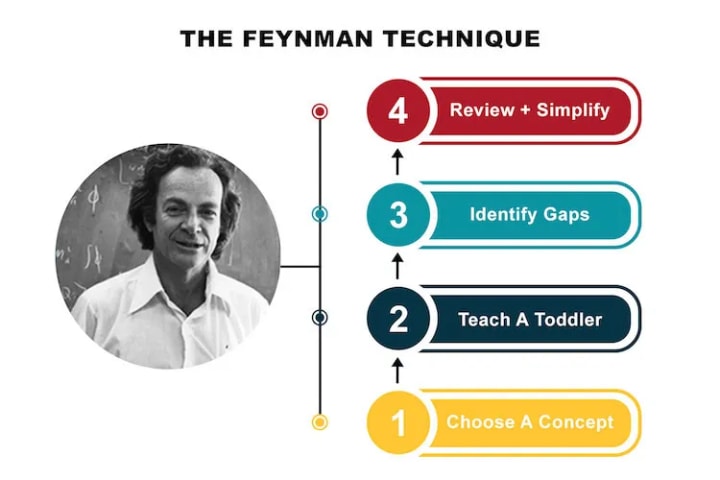
There are several ways you can do this.
A) Teach your sibling or family member. Tell them to ask questions as much as possible and do it as if they knew nothing about the topic, it’ll really test how well you understand the material. Usually when they do this, they’ll find something you don’t understand.
B) Use a mini whiteboard. It’ll help you teach like a teacher
C) If you have no one to teach, write everything you know down on a piece of paper (blurting again!), then put this info into ChatGPT and ask it to give you questions that 7 year old would have. Then, rewrite it (checking your notes to see if you missed anything) but in a way that answers those questions and repeat.

1. Practice problems and tests
This is the best technique simply because it’ll help you actually study! Practice problems require recall, understanding and higher order thinking as well as confront knowledge gaps! If you don’t have actual practice problems on hand, just search some up or even better, plug your notes into GPT and tell it to give you practice problems!
Well I hope this article helped you and good luck on your next exam!
Please consider following me!
About the Creator
M.S
Author writing abut health, math, self-improvement, tech & philosophy from a student and learner's perspective. Easy to understand articles written clearly.
Enjoyed the story? Support the Creator.
Subscribe for free to receive all their stories in your feed. You could also pledge your support or give them a one-off tip, letting them know you appreciate their work.
Reader insights
Outstanding
Excellent work. Looking forward to reading more!
Top insights
Easy to read and follow
Well-structured & engaging content
Expert insights and opinions
Arguments were carefully researched and presented
Eye opening
Niche topic & fresh perspectives
Masterful proofreading
Zero grammar & spelling mistakes


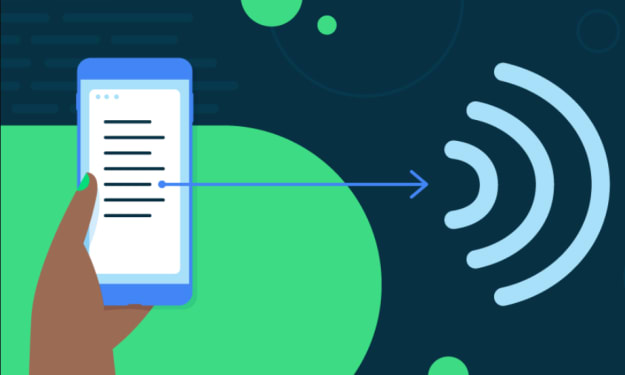


Comments
There are no comments for this story
Be the first to respond and start the conversation.